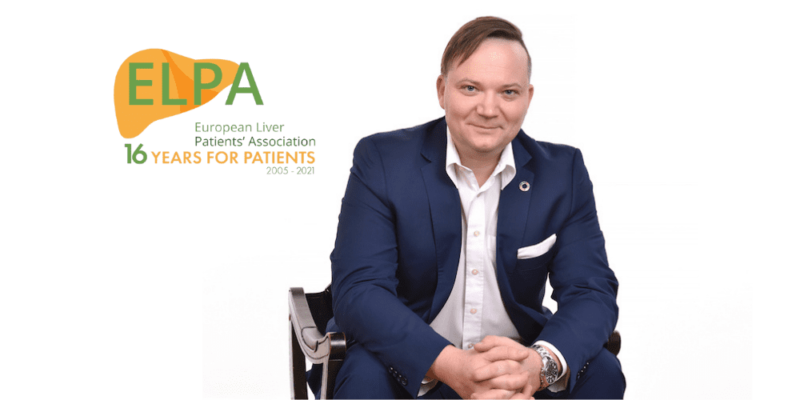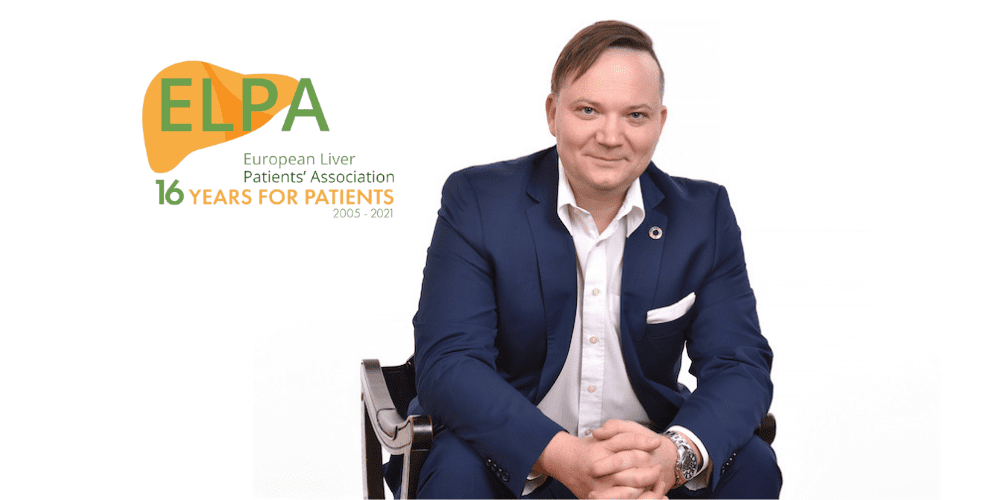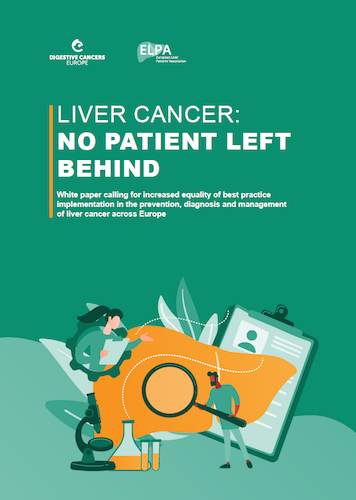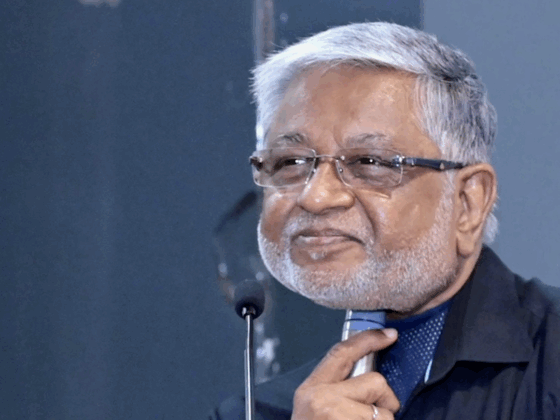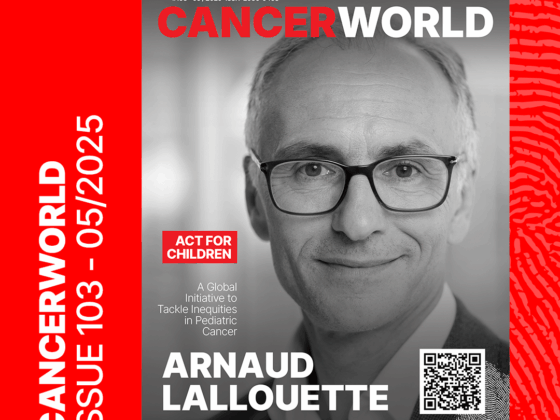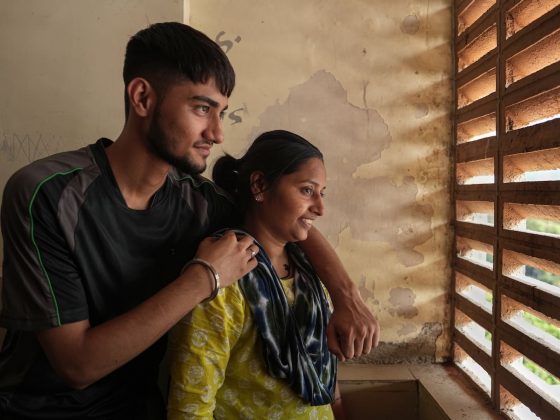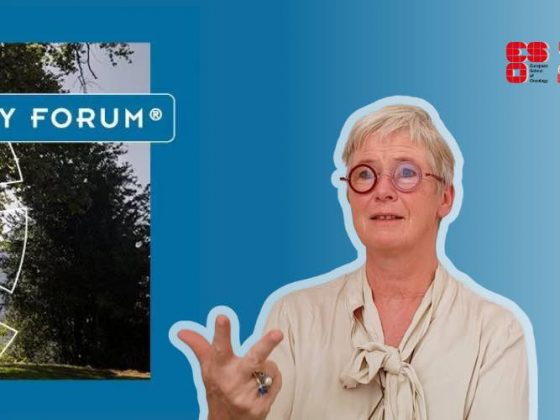Europe’s Beating Cancer plan is galvanising the cancer community behind efforts to tackle rising trends that are currently on course for an almost 25% rise in deaths from cancer across Europe by 2035. We want to help.
Liver cancer is not always seen as a prime focus for efforts to reduce mortality rates ‒ it remains one of the hardest to treat, and currently ranks only 6th in the list of cancers responsible for the greatest number of deaths in EU.
But new cases are expected to rise by between 35% and 40% in countries such as France and Spain ‒ two large EU member states which already have high levels. With mortality figures likely to follow close behind, we feel making serious inroads against liver cancer will be essential if Europe is to stem, or hopefully reverse, the projected 25% rise in overall cancer deaths.
In the US, liver cancer is predicted to become the third most important cause of cancer-associated deaths within the next 10 years, surpassing the mortality rates from breast, colorectal and prostate cancer. With Europe sharing many of the risk factors that are fuelling this rise – not least the obesity epidemic ‒ getting strategies in place to identify people who are at high risk, so that risk can be mitigated and monitored and cancers can be caught early and cured would pay off.
As oncologists you know that liver cancer is not an easy cancer. But as patients with liver disease we know something positive. We know that it is often possible to reverse the liver damage that is a precursor to most liver cancers ‒ whether it is caused by viral hepatitis, lifestyle or something else. This opens the way for strategies to identify and screen people at high risk, advise and help them change their risky behaviour, treat treatable conditions, and monitor progress to ensure any cancers that develop are picked up early enough for curative treatment.
This sort of risk stratified screening is now being introduced for many cancers. In the case of liver cancer, guidelines from the European Association for the Study of the Liver recommend patients at high risk of developing liver cancer should be entered into surveillance/ screening programmes, to receive abdominal ultrasound examinations every 6 months.
This approach has been shown to be effective where screening is implemented in 100% of the target population, where more than 60% of cancers can be picked up at a curative stage. Yet figures from Belgium and France show that adherence to the screening recommendations in the real world may be closer to 20%. Saving livers by improving the implementation of liver cancer screening could make a meaningful contribution to the overall goal of driving down cancer mortality rates across Europe.
Then there’s the whole field of prevention, where liver shares risk factors with many other cancers ‒ not least obesity and alcohol. We’d welcome greater collaboration in tackling these.
When the Beating Cancer Plan was first announced, we wanted to engage with it ‒ we wanted to welcome the prevention measures on the one hand, but also to flag up the lack of focus on risk stratified screening and early diagnosis in liver cancer. Our first attempts to do that showed some of the difficulties reaching out across disease boundaries: we were told that our submission to the consultation focused too much on communicable diseases (like Hepatitis C and B), whereas the EU Beating Cancer Plan is more about non-communicable disease. But our efforts to engage also showed us how easy it is to start to break down those barriers. We reached out to our fellow patient advocates in Digestive Cancers Europe ‒ and we’re so glad that we did.
Together we were able to contribute to the Beating Cancer Plan consultation. And with other organisations we ensured liver cancer is now mentioned in the plan ‒ at least on the prevention front ‒ including ensuring “access to vaccination against Hepatitis B and to treatments to prevent liver and gastric cancers associated with the Hepatitis C virus and Helicobacter”. We regret that there is currently no mention of screening, but we now have a partner in the cancer patient community we can continue to work with.
Together with DiCE, we also drew up a White Paper ‒ Liver Cancer: No Patient Left Behind ‒ the key recommendation of which are summarised below.
But beginning to work together has made us all the more aware of the separation between the worlds of hepatology and oncology, not just at a patient level but also at a clinical, research and policy level.
We believe we can achieve more, faster, if we work closer together. That’s what we’d like to do. We hope you would too.
Recommendations from the White Paper ‒ Liver Cancer: No Patient Left Behind, published as a collaboration between Digestive Cancers Europe DICE and the European Liver Patients’ Association ELPA
1. Optimise knowledge
- Fund and enable more research on key areas (e.g. biomarkers, liquid biopsy and hepatitis C vaccine) that could make a significant difference to patient outcomes.
- Drive better collection and analysis of European-wide liver cancer data, utilising cancer registries.
2. Optimise prevention
- Adhere to the Action plan for the health sector response to viral hepatitis in the WHO European Region, ensuring equitable access to recommended prevention, testing, care and treatment services for all, including: (i) Implement mass HBV [Hepatitis B virus] immunization (for all new-borns and high-risk groups), (ii) Control HCV [Hepatitis C virus] transmission (including raising awareness of link with unprotected sex and needle-sharing)/ improve screening of high-risk populations, and offer treatment, (iii) Ensure equitable access to therapies for HBV and HCV infections.
- Implement the EU Beating Cancer Plan to reduce the harmful consequences of chronic alcohol consumption, smoking and obesity, and promote healthy lifestyles from an early age.
3. Optimise diagnosis
- Improve implementation of screening programmes to identify at-risk populations, following the EASL guidelines and/ or ESMO guidelines. Patients at high risk of developing HCC [hepatocellular carcinoma] should be entered into surveillance/ screening programmes. All individuals at high risk should be screened by use of abdominal ultrasound examinations every 6 months.
- Monitor the outcomes of the LiverScreen initiative to understand if detection of advanced liver fibrosis in high-risk groups within the general population, using transient elastography as screening tool, is a valid screening approach.
4. Optimise treatment and care
- Ensure equal opportunity for management by a MDT involving hepatologists, pathologists, interventional radiologists, oncologists, hepatobiliary and transplant surgeons, nurses, and general practitioners.
- Investigate the potential for online consultations to plug gaps in MDTs.
- Ensure the EASL/ ESMO treatment guidelines are fully implemented where possible, ensuring treatment is not delayed during evaluation, when the tumour can advance rapidly.
- Assess outcomes and recommendations from the EU Beating Cancer Plan/ EU platform to improve access to cancer medicines to understand which elements can be implemented in liver cancer to improve early access.
5. Optimise patient involvement and empowerment
- Utilise standardised nomenclature around liver cancer across Europe.
- Ensure liver cancer patients and carers/ families are informed about patient organisations in their country immediately after diagnosis. If there are no organisations in the country, direct them to DiCE/ ELPA.
- Raise awareness of increased risk of liver cancer among family members and encourage sharing this information with HCPs.
- Ensure liver cancer research incorporates the patient perspective, e.g. endpoints that reflect the most meaningful outcomes for patients.
- Ensure there is a systematic approach to collecting real-world patient experiences and needs throughout the patient pathway.
See also: Liver Cancer: How Europe can halt the rising death toll, Cancer World 26 November 2021

